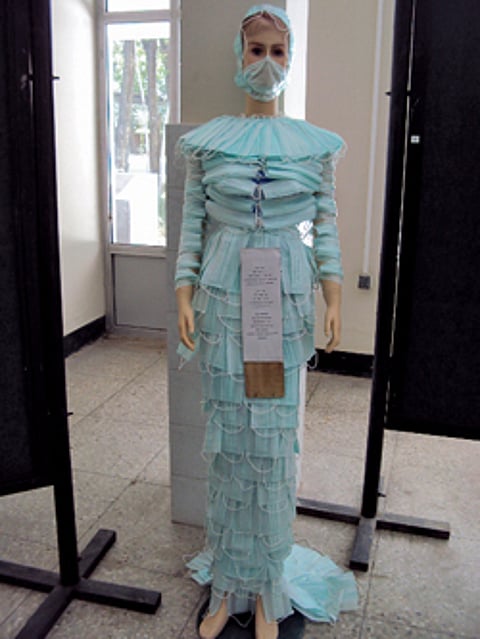Under the watchful eye of a male instructor, a teenage boy is deep in concentration, trying to render and copy from a postcard as accurately as possible. This has been the art scene in Afghanistan for years: stale and exclusive to males. And, whether in the fine-arts faculties of Kabul and Herat universities or in the handful of private centres around the country, realism has long ruled as the only accepted style; the degree of precision in copying a picture, or occasionally a live model, has been the yardstick with which to judge artists. Now, however, the tide seems to be turning.
A few months ago, two spacious auditoriums in Kabul University hosted a weeklong exhibition. A range of mediums, including photography, installation, collage, video and sculpture, was employed in the 50 works on display, which explored the theme of environment and pollution. The exhibition was remarkable for two reasons: all 18 participating artists were young women, and the genre was modern art, a rarity in Afghanistan.

